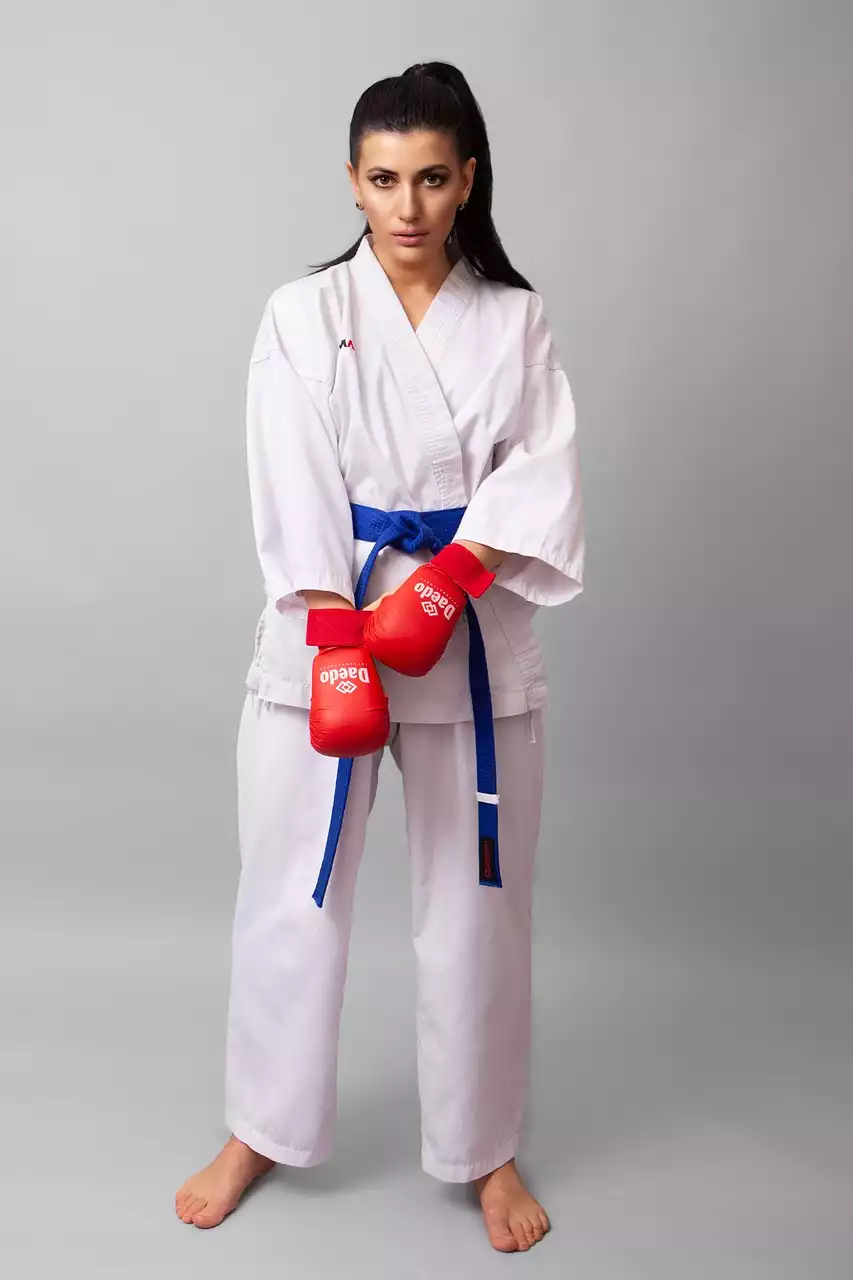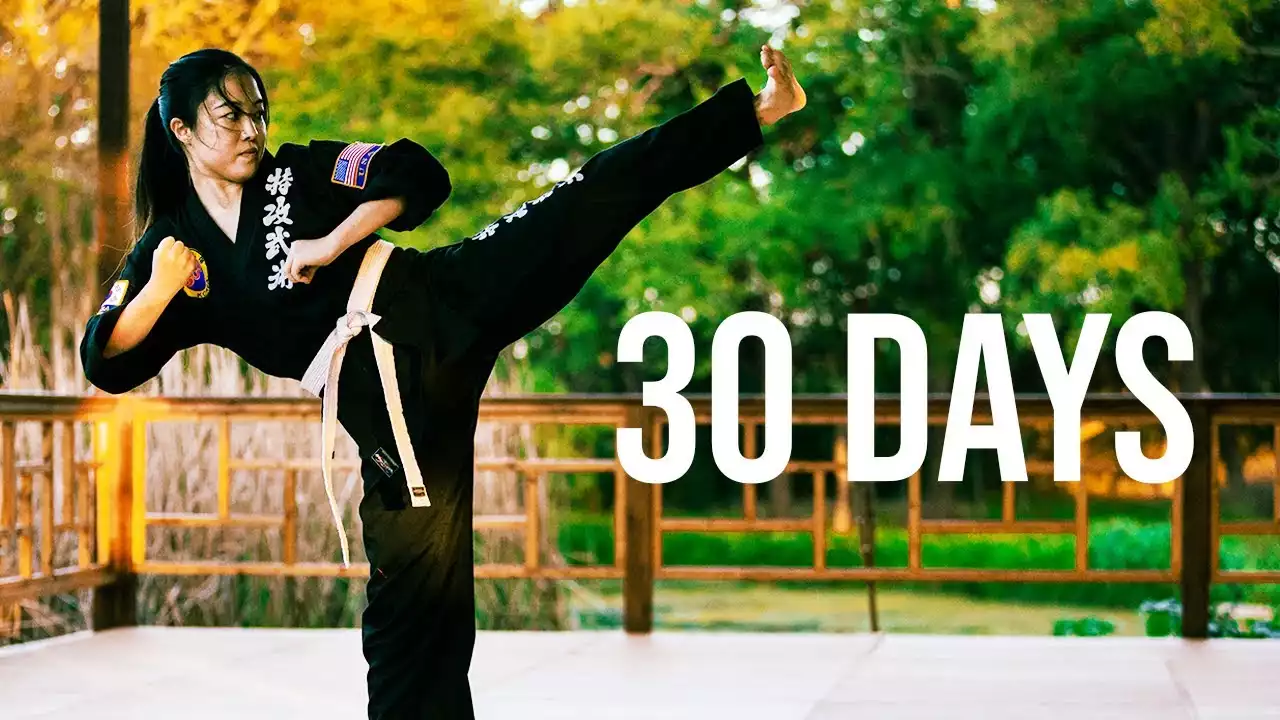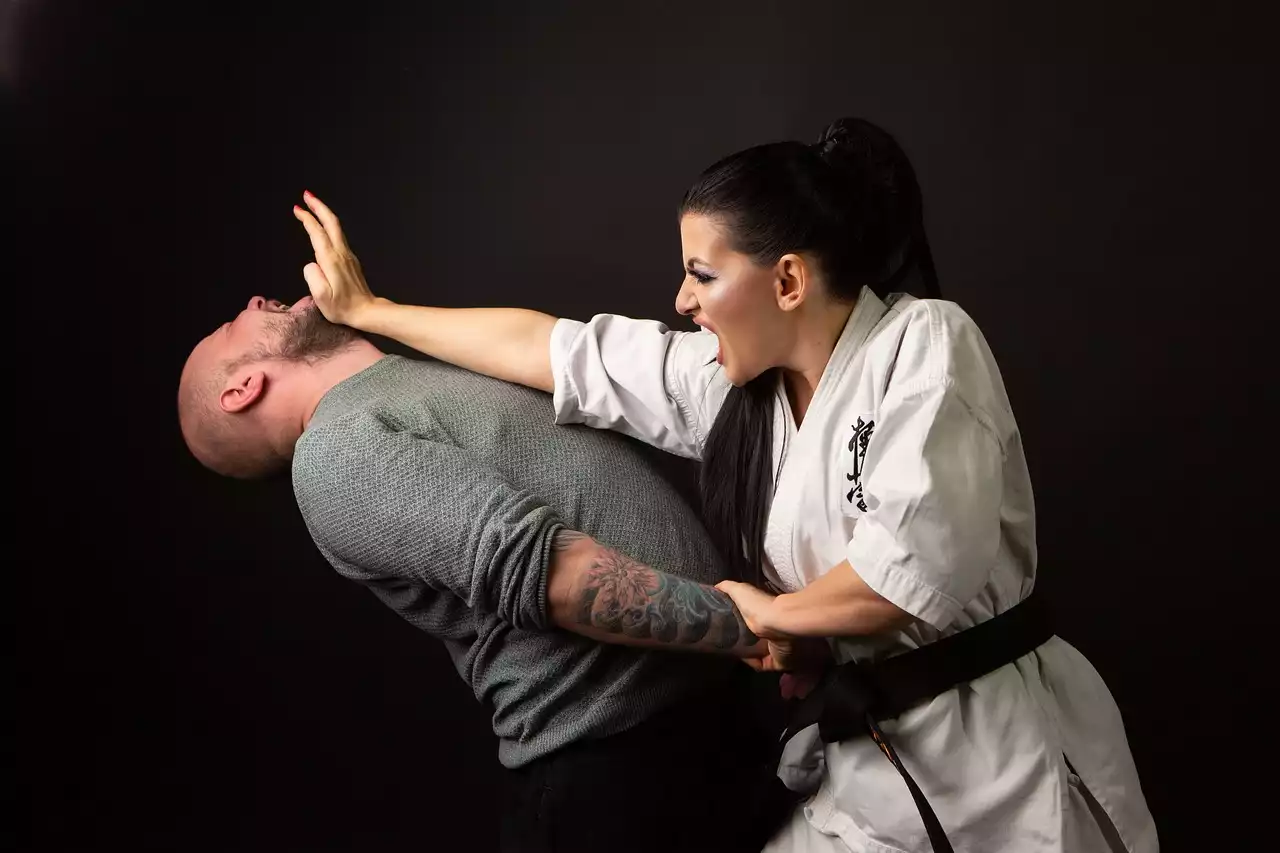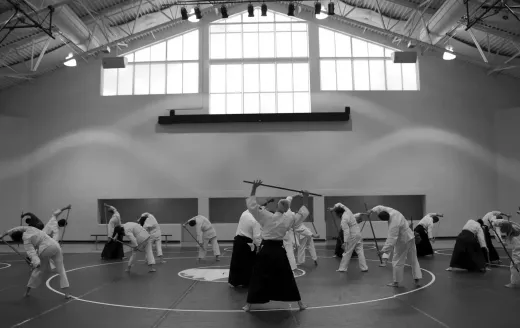The Importance of Following the Rules of Taekwondo
Taekwondo is a full-contact martial art that demands respect for the rules of the sport. The WTF List of Rules of Taekwondo is designed to ensure the safety of all participants and to maintain the integrity of the competition. All competitors and coaches need to familiarize themselves with the rules to ensure a fair and safe competition.
The rules of taekwondo also provide a structure for refereeing matches. Referees are responsible for ensuring that all bouts follow the rules and that any violations are addressed. By following the rules, referees can ensure that matches are fair and that the outcomes are based on the skill of the competitors rather than any misunderstandings or violations of the rules.
In addition, the rules can help to ensure that the sport is a positive experience for all involved. By following the rules, competitors can protect themselves from injury, and referees can ensure that the matches are free of foul play. This can help to foster a healthy and respectful atmosphere and provide a positive experience for all involved.
Overview of the Competition Rules
The WTF List of Rules of Taekwondo is a comprehensive set of regulations that govern all aspects of taekwondo competitions. The rules cover everything from the proper way to wear a uniform to the penalties for illegal contact during a match.
The rules of taekwondo can be broken down into several categories. The first is the rules of conduct, which cover everything from proper behavior on the mat to dress and hygiene requirements. The second is the rules of competition, which cover the proper way to conduct a match, the legal techniques allowed, and the penalties for illegal contact. The third is the rules of scoring, which cover how points are awarded during a match and how the winner is determined.
Requirements for Uniforms and Protective Gear
To compete in taekwondo, all competitors must wear a uniform and protective gear. The uniform must be approved by the World Taekwondo Federation and must include a white, blue, or black dobok (uniform) and a turtle neck or v-neck top. All competitors must also wear a head guard, mouth guard, and foot guards.
It is also important for all competitors to know the proper way to wear their uniform and protective gear. This includes ensuring that their uniform is properly tied and that their head guard and mouth guard are securely fastened. Failing to do so can result in a penalty.
Penalties for Illegal Contact
The rules of taekwondo are designed to ensure the safety of all competitors. As such, there are strict penalties for illegal contact, which can range from verbal warnings to disqualification. Illegal contact includes any strikes to the head, neck, or spine, as well as any strikes that are delivered with excessive force.
All competitors need to be aware of the penalties for illegal contact, as they can have a significant impact on the outcome of a match. If a competitor is disqualified due to illegal contact, they will be unable to continue in the tournament and will be ineligible for any awards or prizes.
The Use of Force in Taekwondo
One of the key aspects of taekwondo is the use of force. The rules of taekwondo state that all strikes must be delivered with control to score a point. This means that all strikes must be delivered with the proper technique and that excessive force is not allowed.
All competitors need to be aware of the proper use of force in taekwondo. By following the rules, competitors can ensure that their strikes are delivered with control and that they are not disqualified due to excessive force.
Referee Signals in Taekwondo
The referee is responsible for ensuring that all bouts follow the rules and that any violations are addressed. To do this, the referee must use a series of signals to indicate when a violation has been committed and to communicate with the competitors.
The most common signals are the “stop!” and “continue!” signals. The “stop!” signal is used to indicate that a violation has been committed, while the “continue!” signal is used to indicate that the match can continue. Other signals may also be used to indicate when a point has been scored or when the game is over.
Scoring of Taekwondo Matches
The rules of taekwondo also cover how points are scored during a match. Points are awarded based on a variety of factors, including the type of strike, the area of the body that was struck, and the technique used to deliver the strike.
In general, a point is awarded when a strike is delivered with proper technique and control. If a strike is delivered with excessive force or if an illegal area of the body is struck, the point will not be awarded. The referee will also award additional points for kicks to the head or for throws that result in a competitor being thrown to the ground.
Tips for Taekwondo Competitors
For any taekwondo competitor, following the rules of the sport is essential. Here are a few tips for ensuring that you are following the rules:
- Familiarize yourself with the rules: Make sure that you understand all of the rules of the sport and how they apply to your matches.
- Wear the proper uniform: Make sure that you are wearing the proper uniform and protective gear for your matches.
- Follow the referee’s signals: Pay attention to the referee’s signals and follow them accordingly.
- Be aware of the proper use of force: Make sure that you are aware of the proper use of force and that you are delivering your strikes with control and technique.
- Keep your cool: If a violation is committed, stay calm and follow the referee’s instructions.
By following these tips, you can ensure that you are following the rules of the sport and that you are not disqualified due to a misunderstanding.












